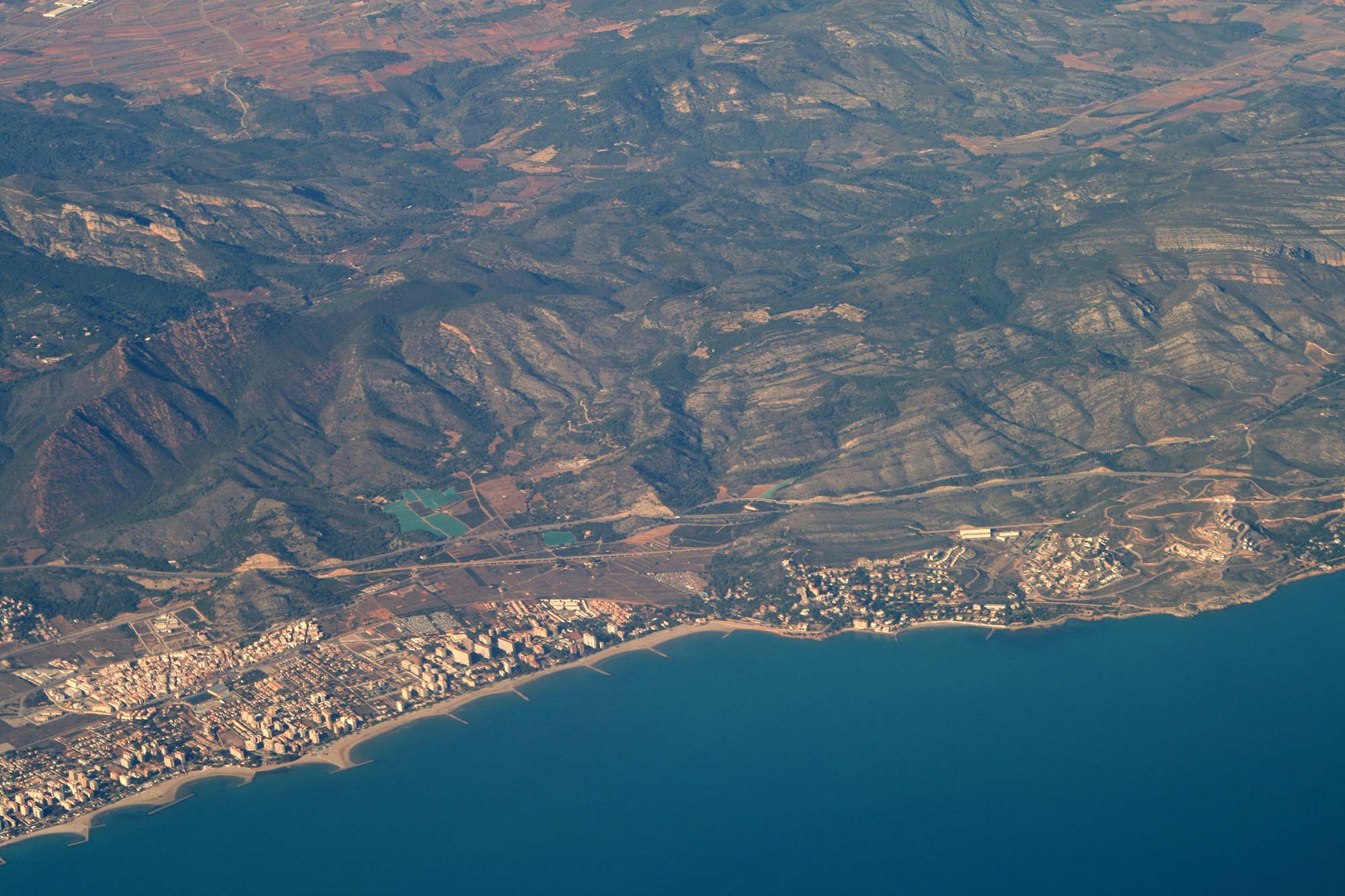Ribesalbes Lake
Ribesalbes Lake sits upon some limestone rock that corresponds to marine sediments from the Cretaceous Period. The lake has an elevated amount of dissolved carbonates, which solidified and gave the lake certain conditions. The different concentrations of carbonates in the water, together with the different densities of this water and its tightness, created masses of stratified water that are separated by the chemoclines present. Temperature is also a determining factor in the stratification of water, as the different masses of water that have different densities are separated by thermoclines. At the bottom of this lake (Agustí et al. argued in 1988 that it seemed to be quite a deep lake), there was a mass of water which was separated from the mass of water above it. This isolated mass, named monimolimnion, was maintained because of clines and the absence of currents, which prevented it from mixing with the mass of water above. Neither light nor oxygen reached the upper layers of the monimolimnion. In this environment, the organic material which was deposited in the lake’s depths could not oxidise and therefore sulphates turned into sulphuric acid as a result of the work of sulphate-reducing bacteria. A lack of oxygen is what causes the absence of benthic fauna, and because of this bioturbation did not take place. This allowed the sediment to accumulate in fine layers, thus preserving the fossilised fauna and flora. It has been determined that the “La Rinconada” site corresponds to the central facies of the lake. This conclusion was reached through a study of the site’s strata, which show a thin sediment of possibly dolomitic silt which reaches the central part of the lake in suspension and settles through decantation. The movement of water on the surface distributes the particles of silt according to their size, pushing the larger particles towards the edges and the finer ones towards the centre of the lake.
Diagram of Fayetteville Green Lake in New York, a typical example of a meromictic lake with a monimolimnion layer. It has similar characteristics to the Ribesalbes Lake. (Anadón, 1989)








